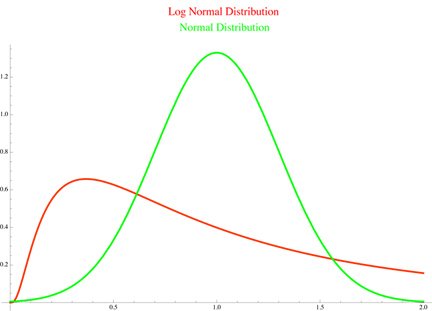Most Recent Posts

The Podium Glass Ceiling: Women Conductors and Composers
A decade of performance data makes progress—and inertia—visible, quantifying how orchestras are (slowly) diversifying their rosters and repertoires in favor of women on the podium and the program.

Streams vs. Seats: Why Classical Thrives Online but Struggles at the Box Office
Soaring streams alongside flat ticket sales signal a shift in how people consume art, hinting that the future of classical music may depend less on the concert hall and more on digital engagement.

Who’s in the Hall?
Demographic data challenge the “graying audience” cliché: the real crisis is a broken pipeline, where economic and cultural barriers keep younger listeners from replacing today’s patrons.

The 10-Composer Iron Grip: Repertoire Inequality Exposed
Concert-programming statistics show a tiny cadre, Beethoven, Mozart, and a few peers, command most performance slots, leaving living composers to compete for crumbs in a winner-take-all marketplace.

Blood-Pressure Pills vs. Memory Loss: What the Epidemiology Really Says
Conflicting hazard ratios from trials like SPRINT-MIND and HOPE-3 reveal no simple verdict on antihypertensives and cognition.

Hypertrophy ≠ Micro-Tears: Why Five Clean Reps Beat the Burn-Out Set
“No pain, no gain” misrepresents muscle growth: mechanical tension and fatigue management, not deliberate muscle damage, drive hypertrophy, making lower-rep, high-quality sets superior to burn-out marathons.

The Hidden Units of Happiness: A 1-10 Scale Warps Global Well-Being Rankings
Global happiness tables treat the 1-10 satisfaction scale as linear, but heavy-tailed extremes of misery and joy break that assumption, distorting cross-country comparisons of well-being.

CPI, Bins, Policy, Inflation
Headline inflation lives and dies by category weights. A small tweak to shelter or food shares can swing CPI by half a percentage point, challenging whether central banks target economic reality or a spreadsheet artifact.

Remote Work’s Hidden Denominator Problem
The productivity debate hinges on the denominator: output per desk hour tells one story, but output per commute-saved hour flips the narrative and forces a deeper question, who really owns the time freed from the daily trek?

Meritocracy’s Standard Deviation: Why Small Variance Swings Create Giant Outcome Gaps
Viewing success through a simple bell curve obscures reality: even modest 5–10 % edges in skill or luck compound exponentially, producing the winner-take-all patterns in wealth and careers that better match a log-normal world.

My ADPD experience.
Alzheimer’s is becoming more treatable, but the story starts earlier than you think. When I presented research on biological aging at ADPD 2025, I didn’t expect to see it connect so directly to drug breakthroughs hitting the market. But it did, and it showed me how fundamental science is finally meeting patient care at the right time.

What Makes the Heart Sing?
A data-driven deep dive into Yuja Wang’s “Rachmaninoff marathon” at Carnegie Hall. Using wrist-sensor heart-rate data from pianist, conductor, orchestra, and audience, I convert curves into BPM and HRV metrics to reveal how shared physiological rhythms mirror the music’s drama, and how a single performance can literally make hearts beat as one.